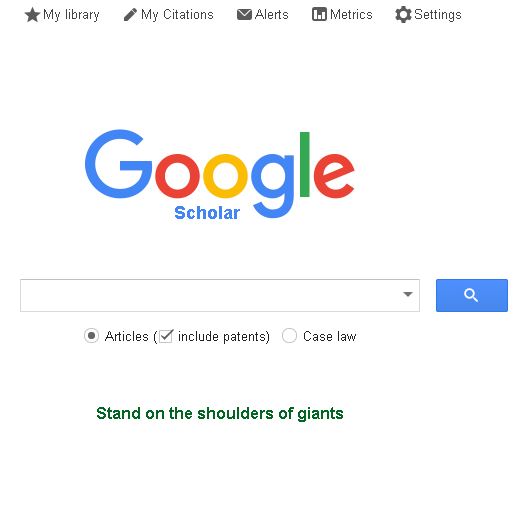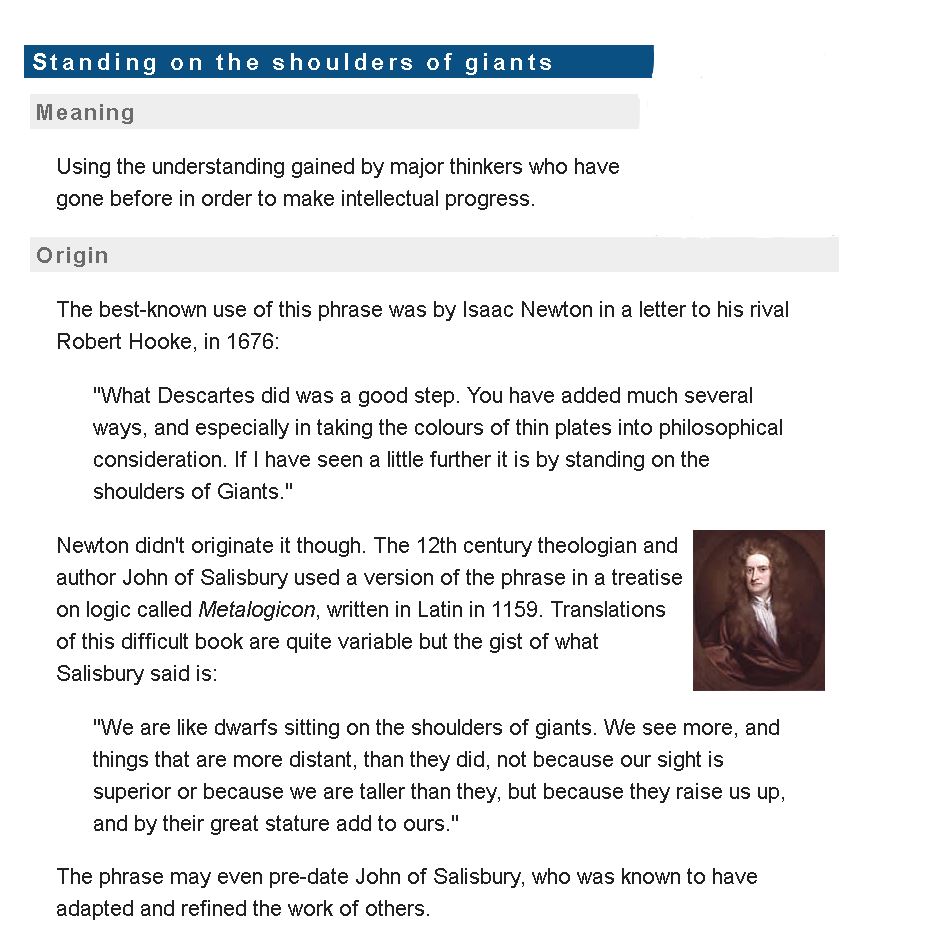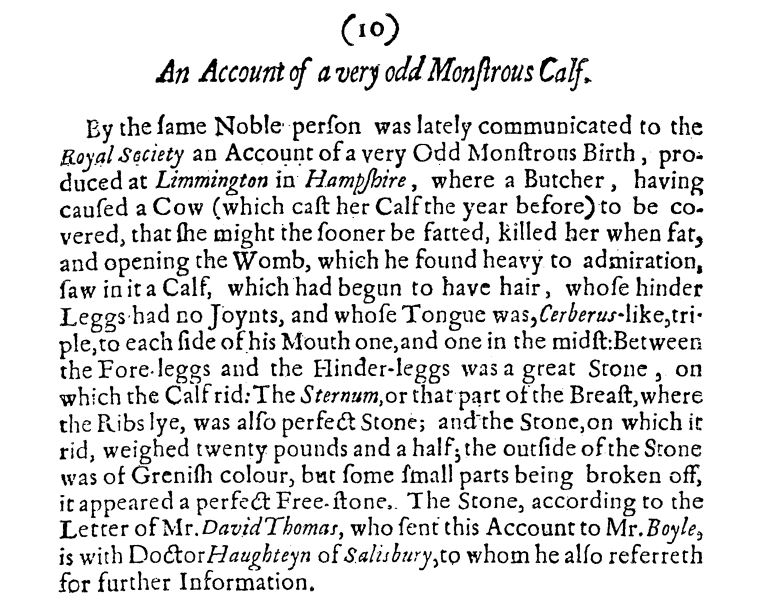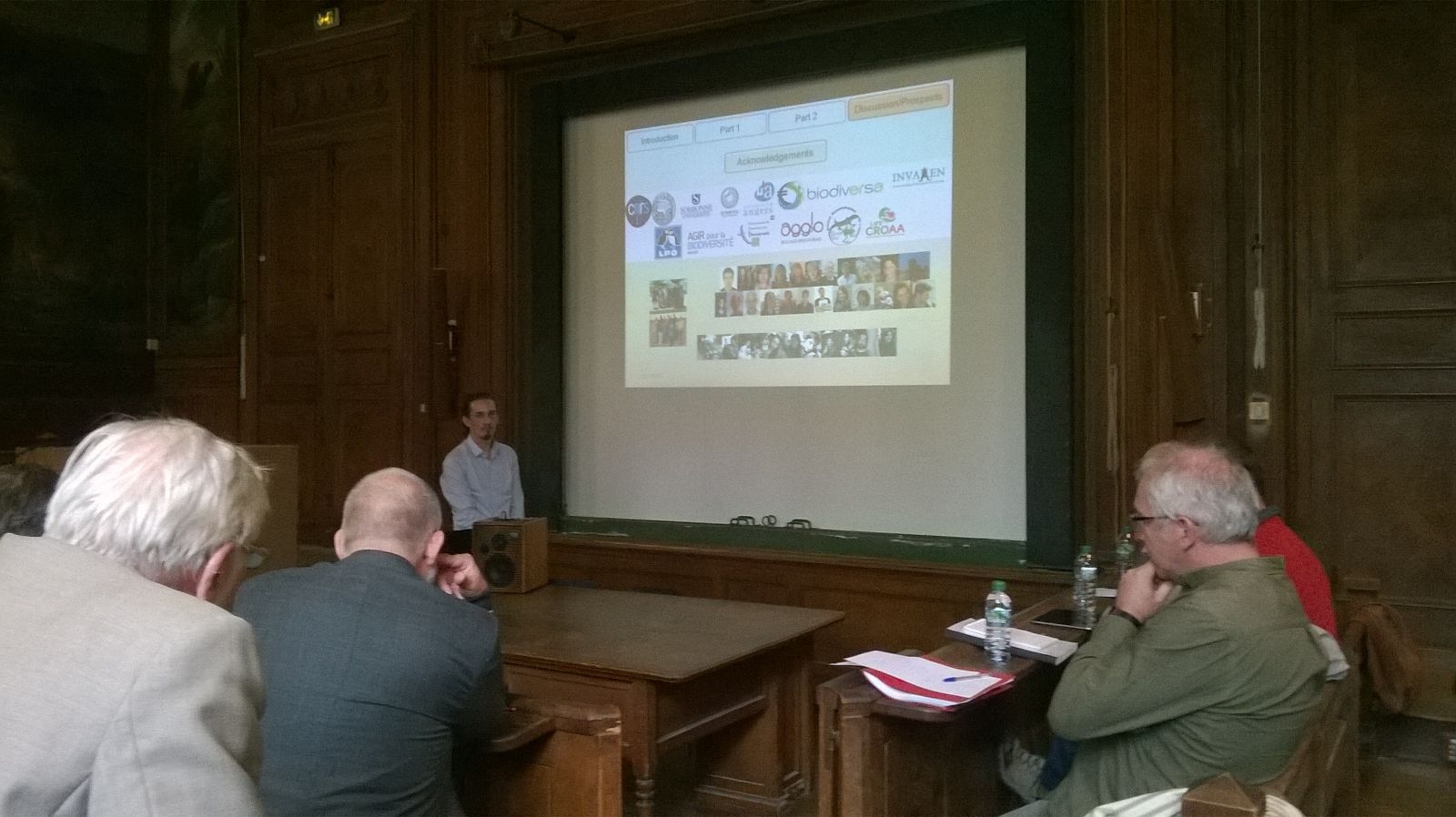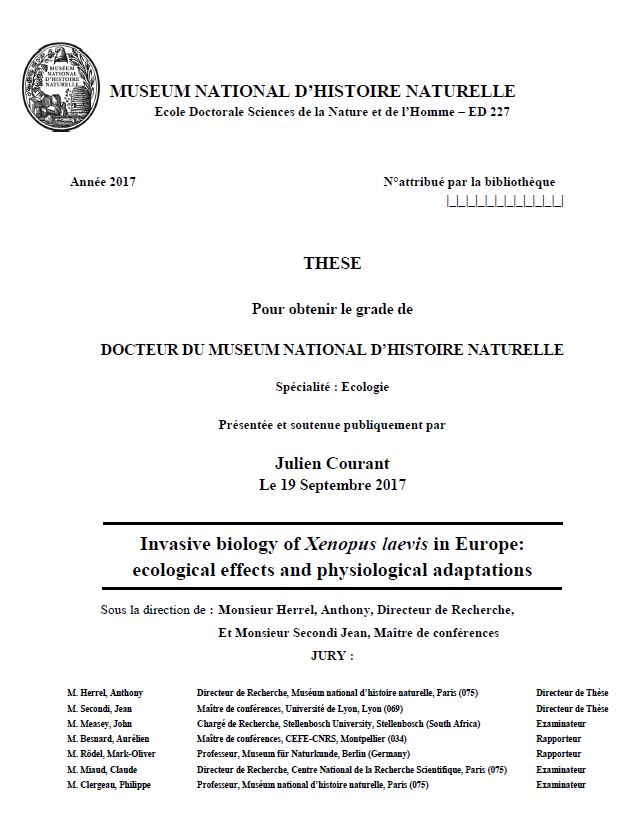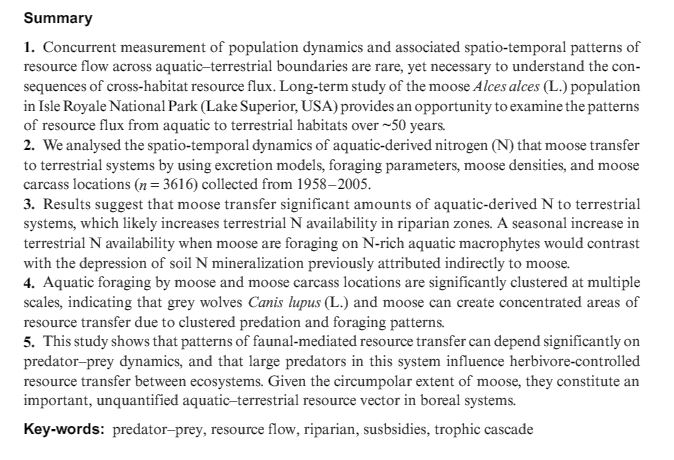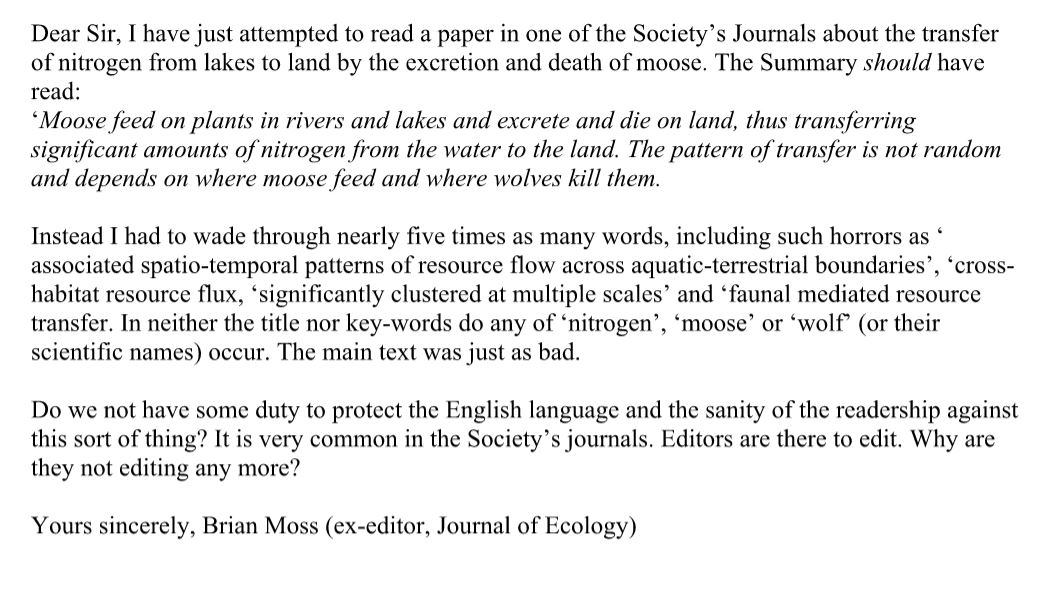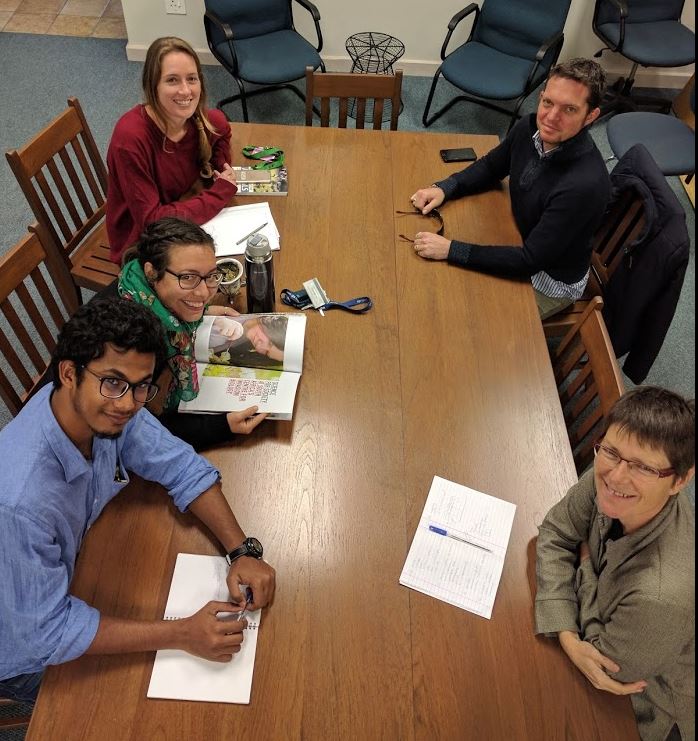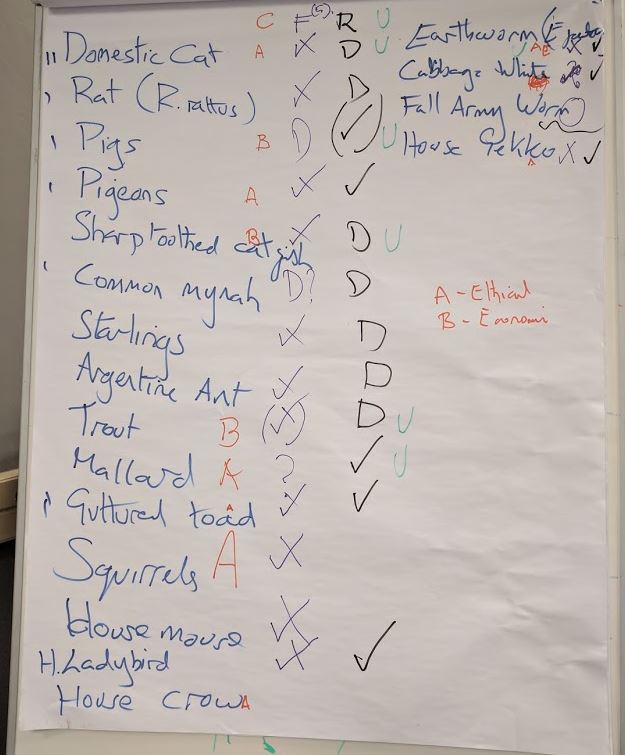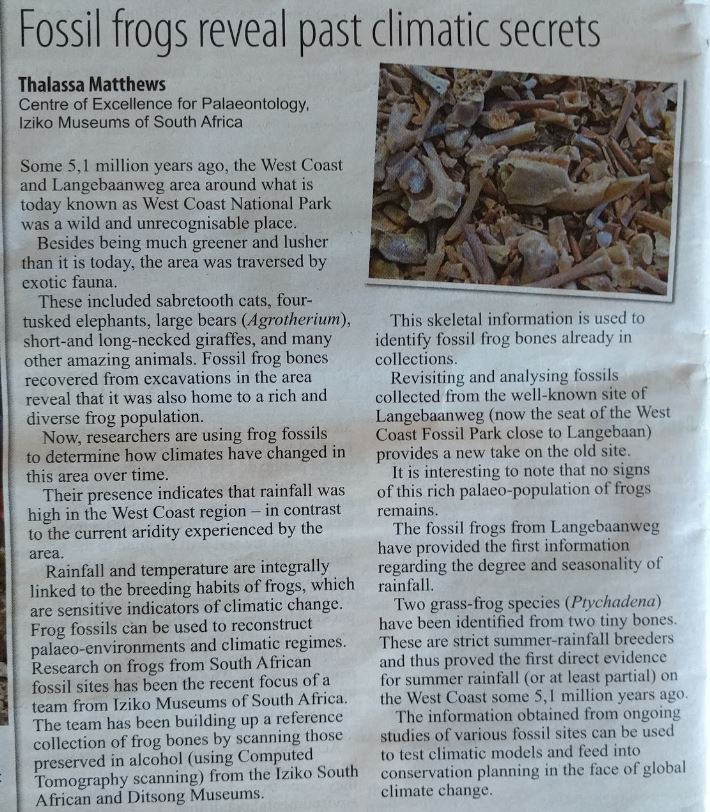Why do I need to cite? Standing on the Shoulders of Giants...
Have you ever wondered what the blurb on the front of Google Scholar means? Who is standing on whose shoulders?
Essentially, it's a recognition that all research is built upon research that has gone before it, and this is the basis for citations in the text of scientific papers. Patrick Dunleavy argues that citations are required to meet 7 criteria with respect to academic writing.
Interestingly, although the phrase is often attributed to Isaac Newton, it turns out that Newton got it elsewhere:
If we dwell a moment longer, we can look back at the World's first scientific journal: Philosophical Transactions
You can download the first of those papers of 1665 and note that there are no citations (other than to books or letters) because there were no previously published articles from which to draw. However, even then authors noted that ideas came from previous authors and we can recognise that acknowledgement back to Aristotle.
Research is built on existing work and ideas
It would therefore be very unlikely that your idea/ideas has no basis in existing literature. If you can’t find it, the chances are that you haven’t looked in the right way. Try Google Scholar, Scopus, Web of Science and vary the search terms or try searching for articles citing something similar. There are lots of ways to search, but maybe that's another blog post for another day.
Citations demonstrate to readers where your ideas have come from. Citations can also be used to reduce what you need to write – especially with respect to methodology. If you (or others) have already provided the methodology in full then you can give a much simpler description and the citation.
Where to cite?
Automatically, I'd suggest that you cite whenever you write. Using citations becomes habit forming, and you’ll end up wanting to use citations everywhere. Popular scientific writings tend not to have citations, but they can still be there but subtly different. Have a look at this example from The Conversation.
Within a manuscript for a scientific journal or in your thesis, you can expect that your introduction and discussion sections are going to be full of citations. The methodology may also have citations, and these can often save you needing to write a lot of sections which would otherwise be very detailed (see above).
Where within a sentence should the citation come?
There are a number of different styles, and this is likely to depend on the journal that you are writing for. The standard way is to use the name and year in parentheses at the end of the statement to which the citation is relevant.
The impact of all invasive amphibians is similar to that of invasive birds and mammals (Measey et al. 2016).
You’ll see that sometimes the names are brought into the sentence and become the central agents of the text. The phrase et alii (often abbreviated to et al.), literally means "and others" referring to the other authors (typically used when there are more than two - but check the journal format!).
Sometimes, instead of "et al." you can write "and colleagues" or "and others". This is something to do occasionally when you are looking to diversify some text. Don't over do it though.
Measey et al. (2016) found that the impact of invasive amphibians is comparable to that of birds and mammals.
This technique is very useful when you then want to add another sentence or two about this same study.
Measey et al. (2016) found that the impact of invasive amphibians is comparable to that of birds and mammals. They did this by constructing GISS scores for all individuals in all groups.
Because the authors are the subjects of the first sentence, the citation becomes implicit in the second sentence. Then you don’t need to use the same citation again within the paragraph.
What about page numbers?
Sometimes you'll see a citation with a colon and page number after. This really only needs to be used if you are quoting specific text on a particular page:
Measey et al. (2016: 976) proposed that using GISS scores could show that "some amphibians can have devastating impacts to the environment".
What about citations as taxonomic authorities?
Taxonomists have special rules for this, and I'll do it in another blog post. These are not the same as regular citations (because they don't appear in the literature cited and you don't have to have read the descriptions), and only some journals ask for them.
Is it possible to mis-cite?
Yes. One of the most common ways in which students mis-cite a paper is to use statements made in the introduction (or discussion) which were not the subject of the study. For example, in the introduction of their paper, Measey et al. (2016) make comments on amphibian decline.
Amphibian populations are currently declining across the globe (Wake & Vredenburg, 2008; Collins et al., 2009; Pimm et al., 2014) and alien amphibians are at least partially driving these declines through competition (Kupferberg, 1997), hybridization (Dufresnes et al., 2015) and introduction of novel pathogens (Berger et al., 1999; Daszak et al., 2003; La Marca et al., 2005; Martel et al., 2013).
However, it would be wrong to give a statement on amphibian decline and cite Measey et al. (2016). They did not study amphibian decline. Instead, you should read the papers that they cite (Wake & Vredenburg, 2008; Collins et al., 2009; Pimm et al., 2014), and read around those to find studies on amphibian decline that are appropriate for your context. This underlines one important aspect of choosing citations where the statement that you make relates directly to the study carried out in the citation.
Another common mistake is to forget which paper has which information. You can try to make sure that you don’t do this by taking better notes or a more accurate plan.
Should I cite without reading the paper?
No. When you are citing a study, you should be sufficiently familiar with the publication that you are endorsing the study in relation with the statement that you make (but see below). If you are not convinced by the nature of the study that you are tempted to cite, then rather don’t cite it and use another one. If you can't get hold of the paper, this is another reason why you might not cite it. This is a regular reason given for why Open Access journals attract more citations.
What should I not cite?
This does depend on the journal you are writing for. Some journals don’t permit citations to unpublished data or web sites. My suggestion would be to avoid such sources anyway (with particular exceptions – see below), unless it is really important that you include it. Other examples of texts to avoid are: text books (use the original paper instead), newpapers or magazines, predatory journals (or any non-peer reviewed article).
One exception to the not citing websites relevant to our work is the IUCN Red List. Note that all entries on this site now have DOIs, and this might be a good guide for what is available to cite. The DOI is very useful as it means that there is a consistent record of that version. Otherwise, you could cite any website (even this one) and then the owner can go and change the site and it no longer says what you thought it did. The DOI removes this problem there will always be an archived version with that particular DOI.
Do I cite the review or the primary literature?
This depends on the space you have and whether the review contains all the information you need to cite. It’s preferable to use primary literature, but sometimes reviews (or meta-analyses) are actually more expedient to use, especially if they are not the focus of your study. You can even cite both when relevant.
How many citations is enough?
Some journals have a word limit, or even a limit to the number of references that they allow. Others do not, and you should probably use what is recently published as a guide to what is acceptable. For the chapter of a thesis, you should err on the upper end; from 50 to 100 references. Note that citations may well be more as you may cite a paper more than once.
Obviously, everything you cite needs to be in the Reference (or Literature Cited) section, and you may well need to spend time deleting extra stuff. You can get around this common issue by using a citation manager like Mendeley or EndNote. I’d always suggest that you use one of these tools as they can really help with your reading too. These days they are busy turning into a kind of scientific social network. They regularly make suggestions of what you could be reading based on what you read. This can be useful.
If you are looking for multiple examples of a statement that you’ve made and there are many possible, I’d suggest that you aim to produce three. Make sure that you use a suffix (like “e.g.”) to show that you are aware that these are examples of a widely reported phenomenon. You can choose these as you like, but may want to consider using what you consider to be ‘the best’ examples, and/or references that you are planning to use elsewhere in your paper/chapter. This can drive the total number down considerably, and helps to keep the citations more relevant to your work.
Should I cite myself?
If you are publishing relevant and appropriate papers, then there is no reason not to cite yourself. In many cases (such as with your thesis work), your own publications are likely to be more relevant to methodology and subject matter than much of the other work that is out there. However, if you’ve previously published on termite fungus and now you’re publishing on frog toes, it’s unlikely to be relevant.
I would avoid citing your thesis if possible, rather put it all into papers. There are times though when citing your thesis is unavoidable. Within your thesis, I would suggest that you do provide citations to different chapters as this will help the examiners see how the chapters relate to each other.
Take a look at this article on self-citation. They claim that self-citations in the Natural Sciences run at 33% (Centre for Science and Technology Studies, 2007).
Should I cite my friends?
It may be easier to cite your friends if you already know their work well. You may have heard them talk and know that the subject is relevant. They may be encouraging you to cite them, but should you?
In these days of scientometrics, we do need to acknowledge that citations act as a kind of currency. They count towards your H-index and this can reflect on your prospects as a post-doc or employee. What’s also clear is that cited papers get cited more, so it could really help your friends if you cite them. Obviously, the inverse is also true, so beware of the politics of citing. However, the most important points have already been raised (above). The study must be relevant and appropriate before it gets included as a citation in your work.
Should I cite my advisor?
Does the impact factor of the cited article matter?
Papers in journals with high impact factors are more likely to be cited because their contents are already thought to be of interest to a wide range of people. That is something that the editors of that journal will have considered even before sending the manuscript to review. Sometimes (but not always) the impact factor of the journal can be an indication of the quality of the study. But you should judge this for yourself when you critically read the paper.
I find that the first paragraph of a paper is more likely to contain citations of higher impact journals. This is in part as these are likely to be more cross cutting (as is often the case for the first paragraph). In the end, if you need to make a choice, choose the paper that is most relevant, irrespective of impact factor.
